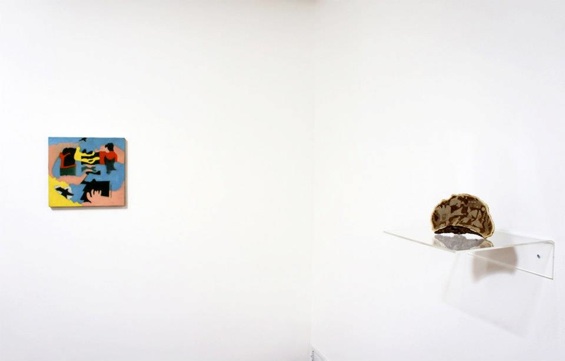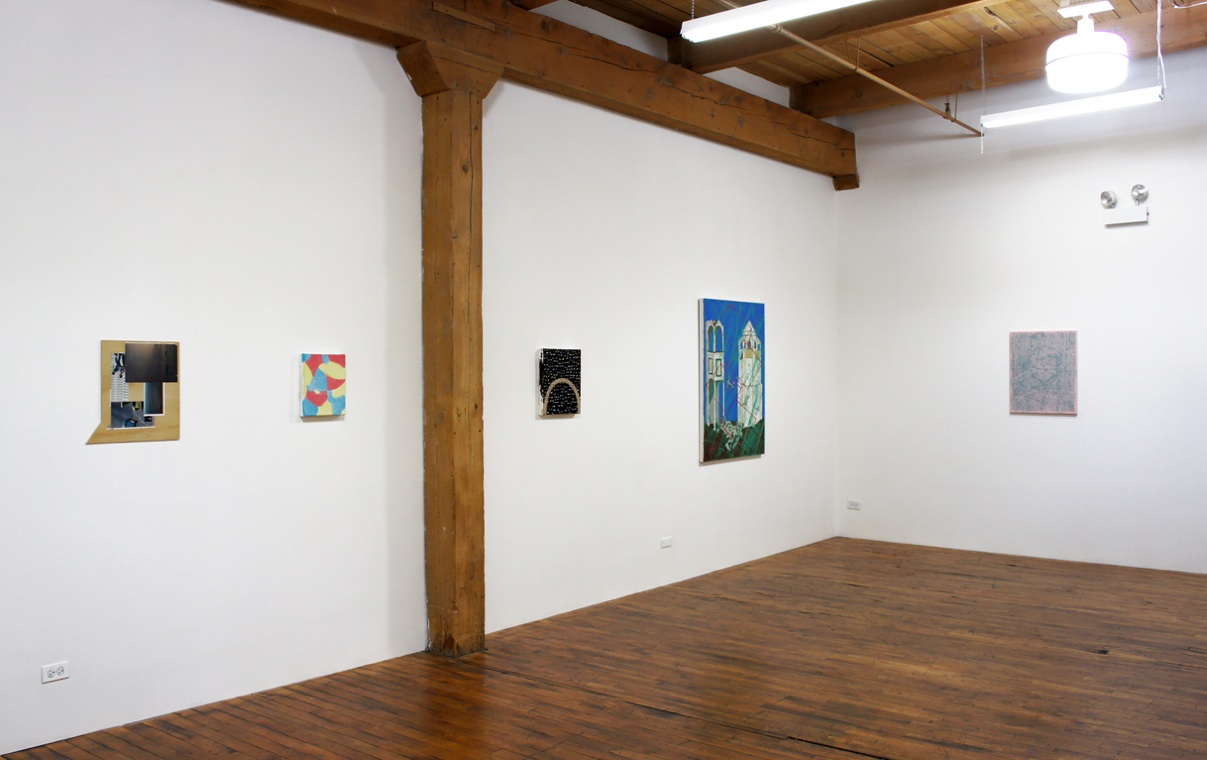ADDS DONNA
November 11 2012 - January 6 2012
Opening Reception: Sunday, Nov. 11 2012 4 to 7
Judith Geichman, James Kao, Susan Michod,
Ian Pedigo, Ryan Richey and Rainer Spangl.
ADDS DONNA
November 11 2012 - January 6 2012
Opening Reception: Sunday, Nov. 11 2012 4 to 7
Judith Geichman, James Kao, Susan Michod,
Ian Pedigo, Ryan Richey and Rainer Spangl.
ADDS DONNA is pleased to present Water-reading, a group exhibition featuring the work of Judith Geichman, James Kao, Susan Michod, Ian Pedigo, Ryan Richey and Rainer Spangl.
Water-reading will open on November 11th and close on January 6th
The following text contains excerpts from Mark Twain’s Life on the Mississippi, from Chapters One and Nine.
The date 1542, standing by itself, means little or nothing to us; but when one groups a few neighboring historical dates and facts around it, he adds perspective and color, and then realizes that this is one of the American dates which is quite respectable for age.
When De Soto stood on the banks of the Mississippi, it was still two years before Luther’s death; eleven years before the burning of Servetus; thirty years before the St. Bartholomew slaughter; Rabelais was not yet published; ‘Don Quixote’ was not yet written; Shakespeare was not yet born; a hundred long years must still elapse before Englishmen would hear the name of Oliver Cromwell.
To say that De Soto, the first white man who ever saw the Mississippi River, saw it in 1542, is a remark which states a fact with out interpreting it: it is something like giving the dimensions of a sunset by astronomical measurements, and cataloguing the colors by their scientific names; – as a result, you get the bald fact of the sunset, but you don’t see the sunset. It would have been better to paint a picture of it.
The Mississippi is remarkable in still another way – its disposition to make prodigious jumps by cutting through narrow necks of land, and thus straightening and shortening itself. More than once it has shortened itself thirty miles at a single jump!
Nearly the whole of that one thousand three hundred miles of old Mississippi River which La Salle floated down in his canoes, two hundred years ago, is good solid dry ground now. The river lies to the right of it, in places, and to the left of it in other places.
It turned out to be true. The face of the water, in time, became a wonderful book – a book that was a dead language to the uneducated passenger, but which told its mind to me without reserve, delivering its most cherished secrets as clearly as if it uttered them with a voice. And it was not a book to be read once and thrown aside, for it had a new story to tell every day.




